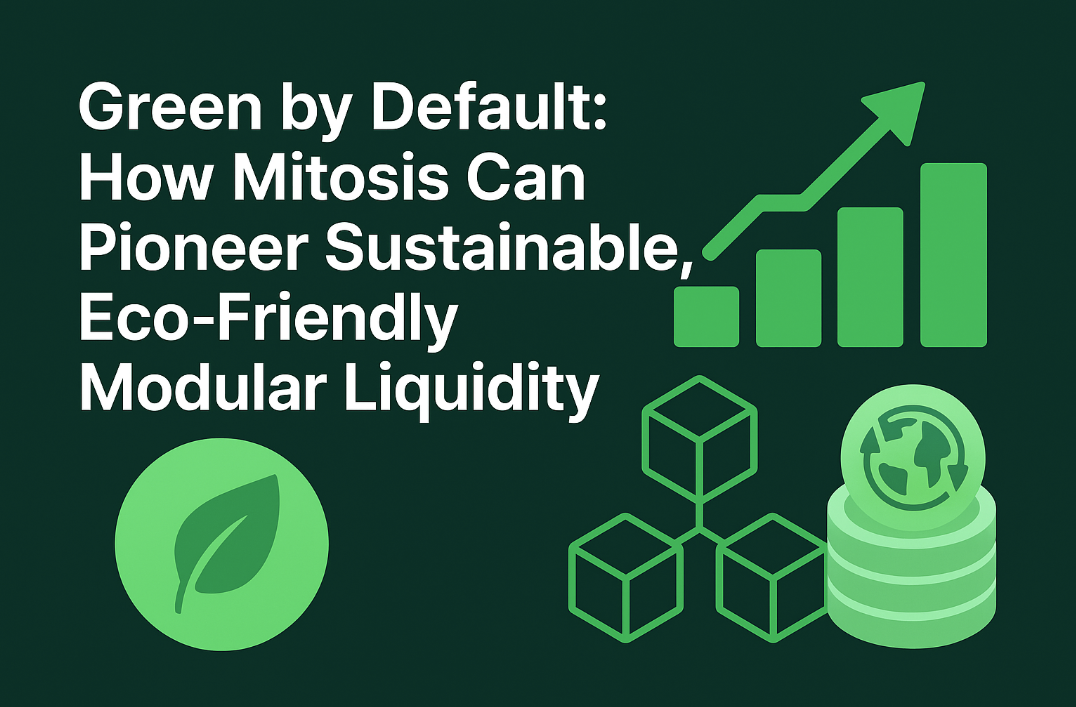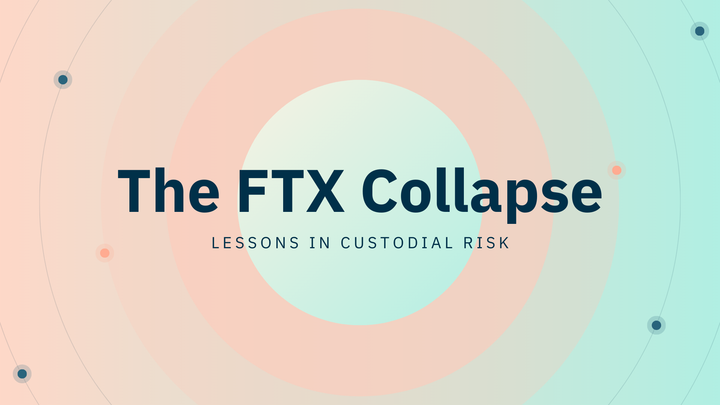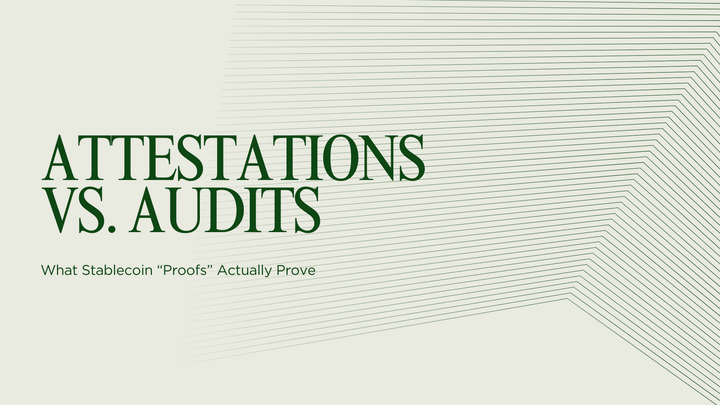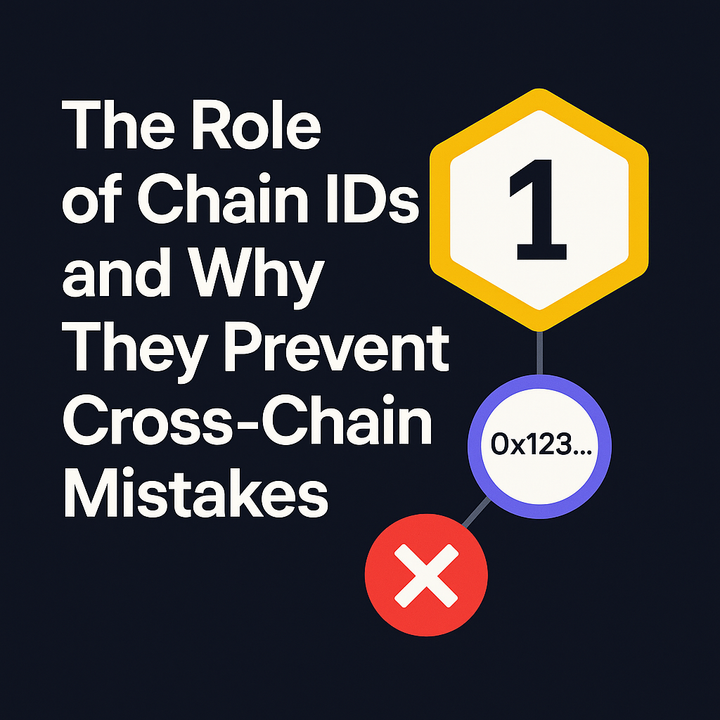Green by Default: How Mitosis Can Pioneer Sustainable, Eco‑Friendly Modular Liquidity

Introduction
As Web3 matures, the conversation is shifting from yield to impact, from speed to sustainability. One of the clearest signals of this shift came on June 30, 2025, when Celo’s “Green Staking” initiative surpassed 200,000 users.
Celo’s model is simple but profound: make environmental impact a default part of every on-chain action.
This article explores how Mitosis with its modular, composable architecture is perfectly positioned to adopt a green-first mindset, embedding sustainability into Matrix Vaults, miAssets, and DAO governance through modular ReFi primitives.
Celo’s Green Staking: The New Standard?
Celo’s ecosystem pioneered the concept of “Ultragreen Money”, where:
- A portion of protocol revenue is automatically used to buy verified carbon credits
- Every transaction contributes to climate-positive outcomes
- Governance can allocate fees to regenerative finance (ReFi) goals
By integrating ReFi directly into staking, Celo isn’t asking users to “opt in” to sustainability, it’s making it the default.
How Mitosis Can Go Modular + Green
Mitosis’s design ethos modular liquidity and user-owned DeFi allows environmental utility to be composably layered into existing vaults and dApps.
Here’s how:
| Mitosis Layer | Green Upgrade |
|---|---|
| Matrix Vaults | Add a “Green Vault” category where protocol fees fund verified carbon offsets. Users earn ecoYield badges on top of MITO rewards. |
| miAssets | Introduce tokenized carbon credits (e.g., miCO2) and support vault routing through climate-positive assets. |
| MikadoHUB | Feature raffles or quests tied to regenerative goals: stake MITO to plant trees, offset carbon, or fund clean tech. |
| Morse DAO | Enable climate governance: token holders vote on ecosystem carbon impact budgets or green integrations. |
Why It Matters Now
- VCs are watching
Green infrastructure is no longer a side-quest, it’s a funding magnet. Projects like Toucan, Celo, and Nori have raised millions in ReFi. - Onboarding becomes easier
Green vaults appeal to newer users entering crypto from climate or social impact communities. - Differentiation at the design level
Sustainability-first DeFi is rare and Mitosis can lead the charge with verifiable, low-friction, DAO-approved integrations.
Strategic Proposal: Launching Mitosis “Green Modules”
A roadmap could look like:
- Green Vault v1
- Launch Matrix Vaults that route yield into carbon offset LPs (e.g., CELO–MCO2).
- Add badge/NFT rewards for eco-stakers via Morse.
- miCO2 + Carbon Tokenization
- Partner with on-chain carbon credit providers to tokenize credits as miAssets.
- Enable them in Mikado raffles or as collateral for future loans.
- DAO Vote: Climate Activation
- Let gMITO holders vote to redirect a % of protocol fees to eco funds.
- Use Morse Quests to reward long-term green staking streaks.
Conclusion: Composable Liquidity, Composable Climate Impact
The modularity of Mitosis means climate-positive finance doesn’t need to be an add-on it can be embedded directly into the stack.
Where others wrap sustainability in jargon or grants, Mitosis can build it on-chain, in public, governed by its community.
Going modular means going green by default.



Comments ()